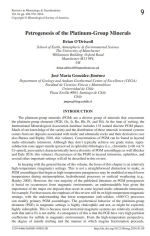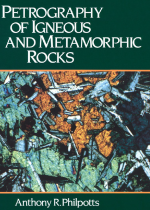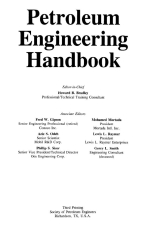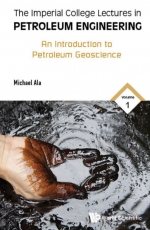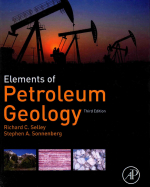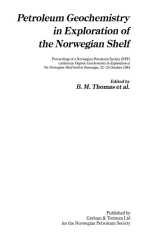Добрый день, Коллеги. Важное сообщение, просьба принять участие. Музей Ферсмана ищет помощь для реставрационных работ в помещении. Подробности по ссылке
- « первая
- ‹ предыдущая
- …
- 235
- 236
- 237
- 238
- 239
- 240
- 241
- 242
- 243
- …
- следующая ›
- последняя »
- « первая
- ‹ предыдущая
- …
- 235
- 236
- 237
- 238
- 239
- 240
- 241
- 242
- 243
- …
- следующая ›
- последняя »


